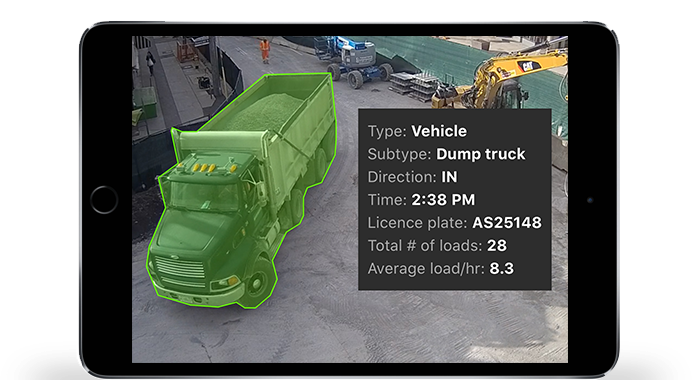The following post was contributed by Emanuel Corthay P.Eng., on behalf of OSPE’s Research & Innovation Task Force and is the first of a series on Artificial Intelligence where we will explore the early success, potential and risk of AI to society.
Artificial Intelligence (AI) frequently makes headlines, often with broad claims or pessimistic warnings that human workers are about to be replaced by intelligent machines. Should engineers care about AI, or should they fight it as a dangerous trend that threatens to make their profession obsolete?
AI is currently a far cry from the Artificial General Intelligence (AGI) or superintelligence commonly depicted in movies like Skynet in Terminator or HAL in 2001: A Space Odyssey. In those cases, the machine is able to perform the full range of human cognitive activities, including reasoning under uncertainty (with limited data), self awareness and the ability to understand and provide a deeper explanation of the world beyond simple pattern recognition.
But beyond specific scenarios such as Amazon’s Alexa™ or Google’s Home™ speech recognition that gives consumers the impression of broad intelligence, its capability is very narrow and limited. For example, intelligent machines are able to recognise a bottle in a picture today – a feat that seemed impossible even a few years ago – but are incapable of answering simple questions such as what material a bottle can be made of.
Even so, AI is truly a disruptive technology, shifting the paradigm of how to solve problems with machines. Instead of giving a computer an input and a list of instructions (the algorithm) so that an output can be computed, the machine is provided with a very large number of inputs and correct outputs which the machine uses to learn the correlation and create a model (the algorithm) for making predictions. That is how Google Photos™ is able to let you search for a dog in your family pictures for example, or how indus.ai is able to recognize dump trucks in a live video feed (see picture below).

In the example above, statistical analysis of large amounts of data is used by a technique known as Machine Learning (ML) to find elements that correlate to a certain classification (e.g. dump truck vs. concrete truck). While this seems like an extraordinary feat, ML applications remain narrow and deeply algorithmic, relying on iterative numerical calculations to find an optimal classifier.
It has been enabled by the massive amount of data and computational power now available. Machine Learning has opened up the possibility for machines to be applied to new industries and consumer needs, typically those involving unstructured/analog data inputs (such as video & images, analog sensor or financial data, handwritten text & speech as well as natural language) that were too difficult to classify programmatically.
Thanks to early government support and the presence of strong technical talent in Ontario, the province has gotten a head start in AI innovation. In 2012, a team at the University of Toronto achieved the highest score in image recognition at the ImageNet Large Scale Visual Recognition Challenge (ILSVRC) using a Machine Learning technique known as Convolutional Neural Network (CNN). This has helped establish Ontario as a hotbed for AI innovation which has enticed heavyweights such as Google and Uber to establish operations in Toronto, along with a healthy round of start-ups.
One such San Francisco/Toronto start-up, indus.ai, has specialised in AI-based video analysis for the construction industry. Indus.ai is able to significantly improve safety and provide real time information on progress at the construction site. Consider the video feed in the animated picture below.

In this example, indus.ai’s model is able to use live video feed from construction-site cameras to simultaneously detect missing Personal Protective Equipment (PPE), track progress towards the construction blueprint and log arrival and departure time for specialized equipment such as a concrete mixer while identifying areas of delays (e.g. badly placed material slowing down the passage of equipment). According to co-founder and CEO of indus.ai, Mathew Man, “the true power of AI in these scenarios is its ability to automate data gathering in real time”. This is providing engineers live data to make better decisions.
Artificial Intelligence has tremendous application in all areas of engineering and beyond. We are only starting to explore the applications of AI as a tool to empower humankind to solve many problems efficiently, safely and in ways that were simply not possible before. This does indeed present all the premise of a key element of the new wave of innovation for Ontario, Canada and the rest of the world. Engineers will play a key role in developing this technology. They are at the heart of creating practical solutions powered by technology and have the expertise required to do so in a safe, ethical and responsible way.





Leave a Comment